After seeing things like the DigitGrid and the Pligboot Matrix I decided that I was going to build a 7 segment LED matrix to add to my collection of LED clocks and displays.
First off was deciding how big I wanted to go. I decided on a nice round 512 seven segment displays. I did not want to have one massive board to contain everything so I broke the display board into sixteen smaller boards.
Each board will contain a four MAX7219's driving two four character 7 segment displays for a total of 32 characters per board.
I decided that driving all sixty four MAX7219's in one massive SPI chain was probably a bad idea so they have been configured in eight rows of eight controllers each. I figured this gave a good balance between speed and not driving myself crazy with wiring.
To control all of the display board I decided to go with an Intel MAX10 FPGA as I have worked with them a lot. A Pi Pico does all of the graphics computation and feeds the data to the FPGA for mapping to the 7 segment array. Kind of an elegant solution as the software does not have to care what it is displaying but rather just needs to know the resolution.
 seasleyece
seasleyece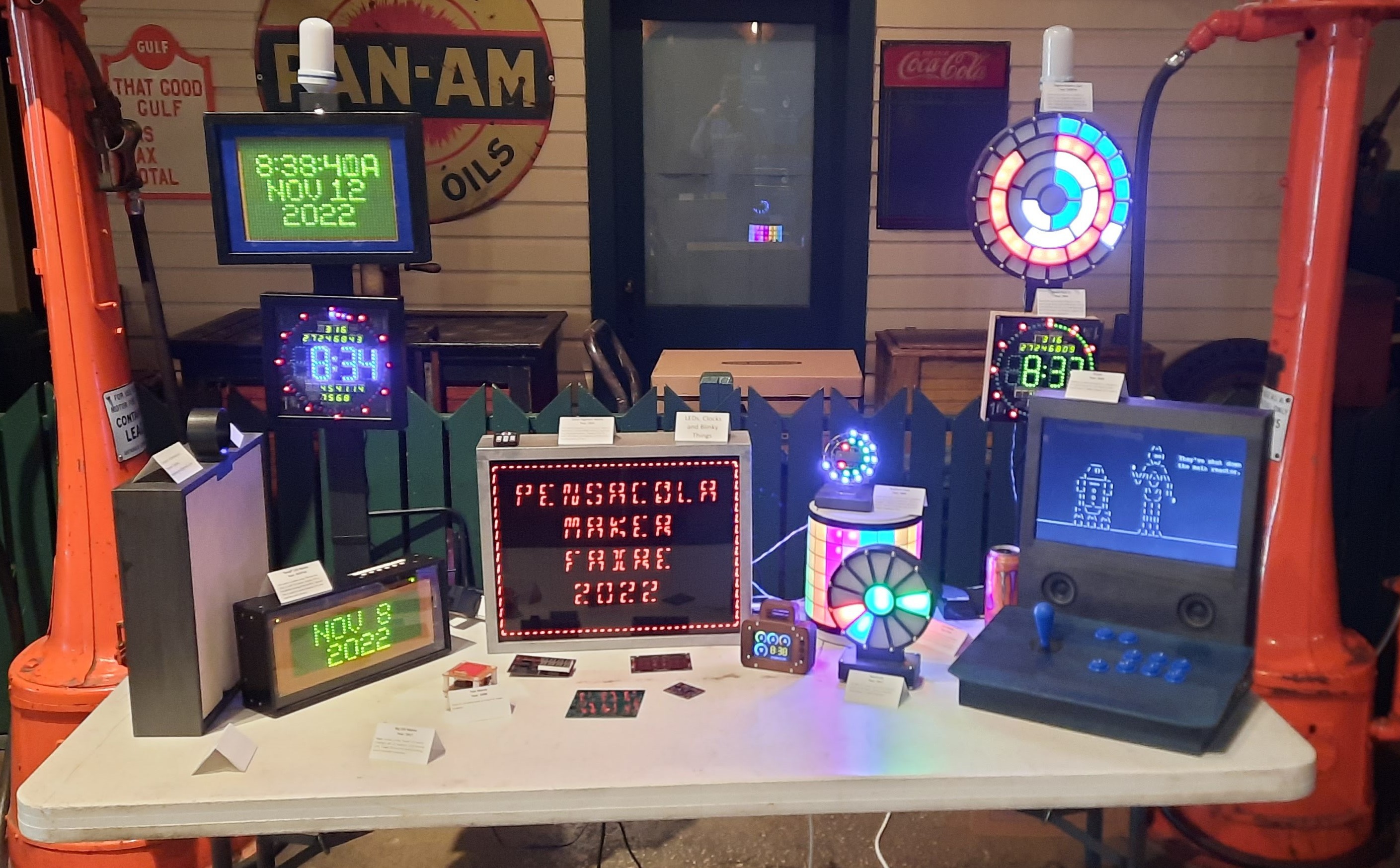

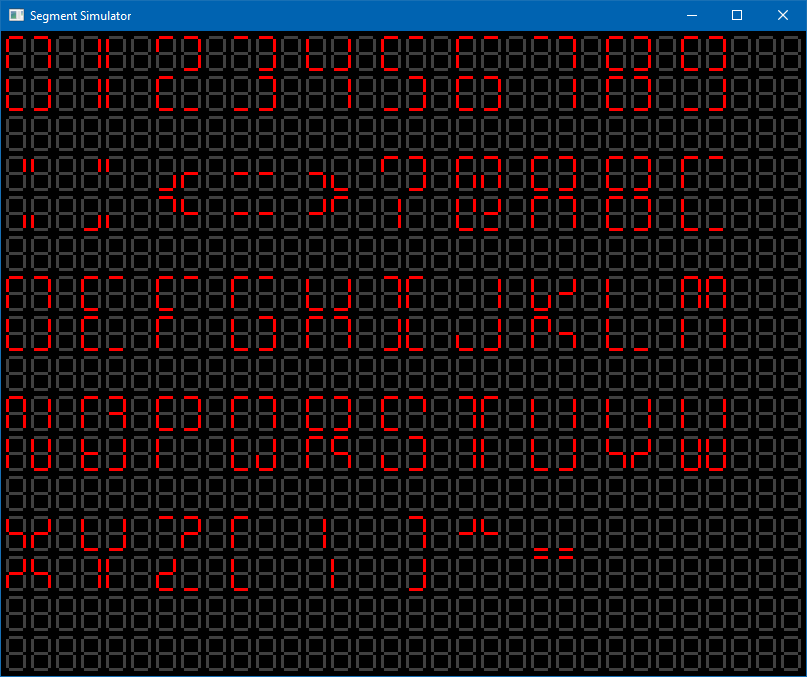
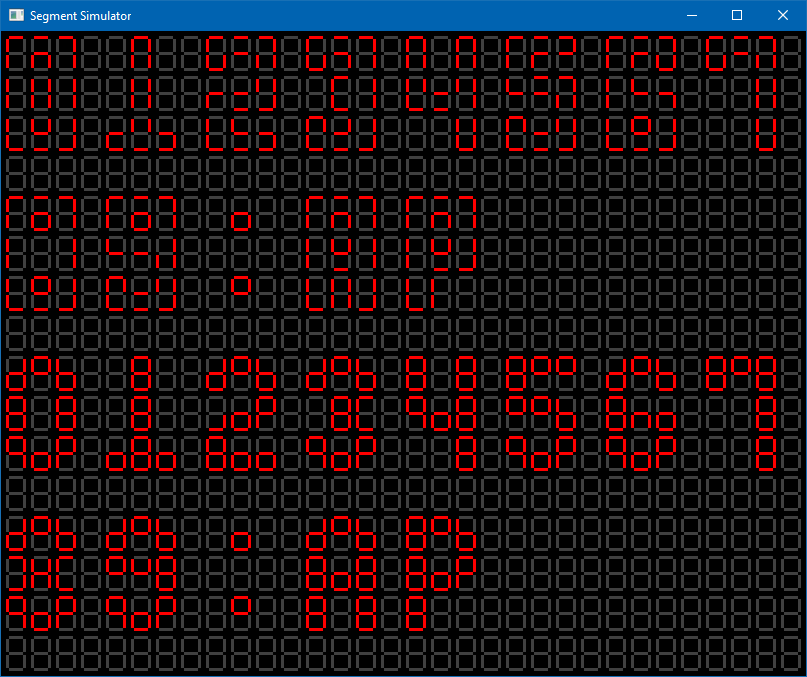

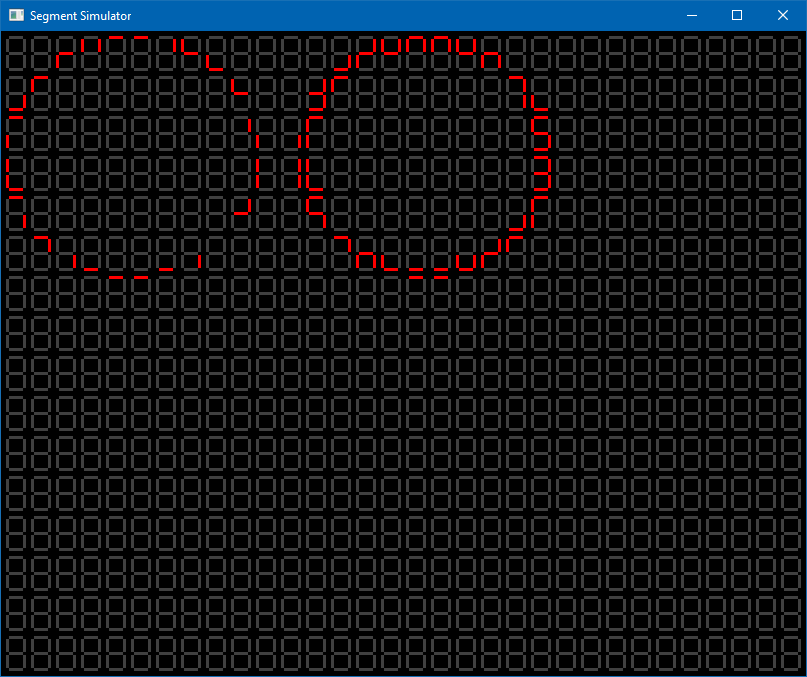
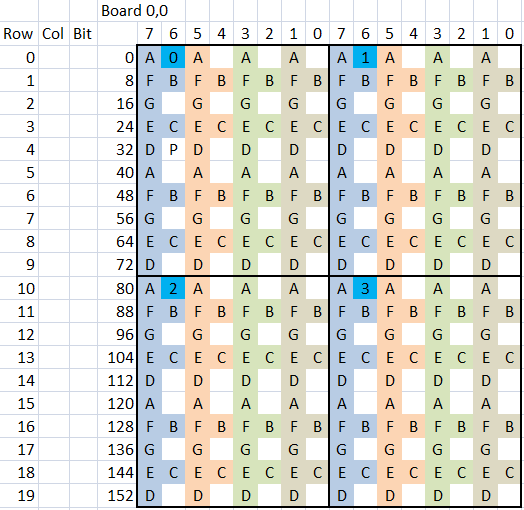
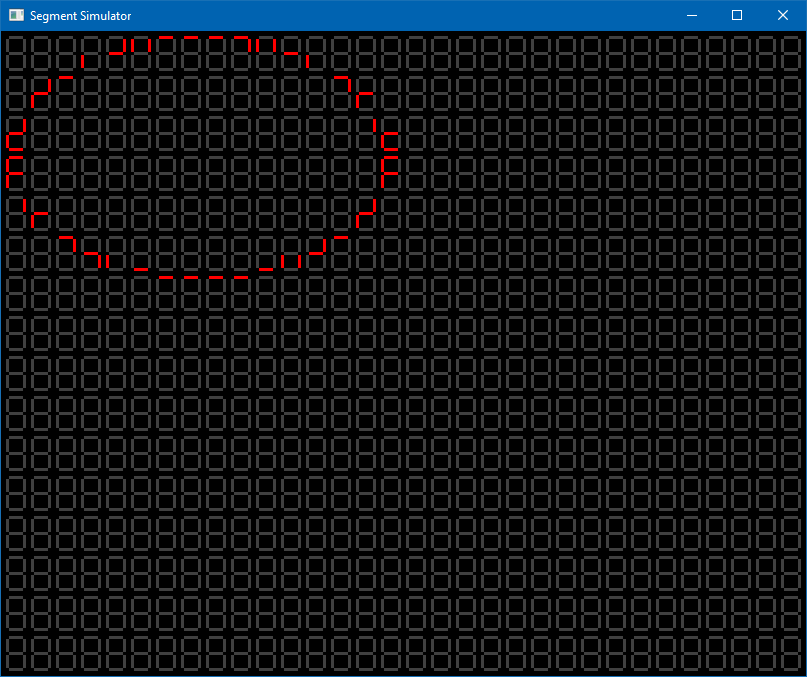
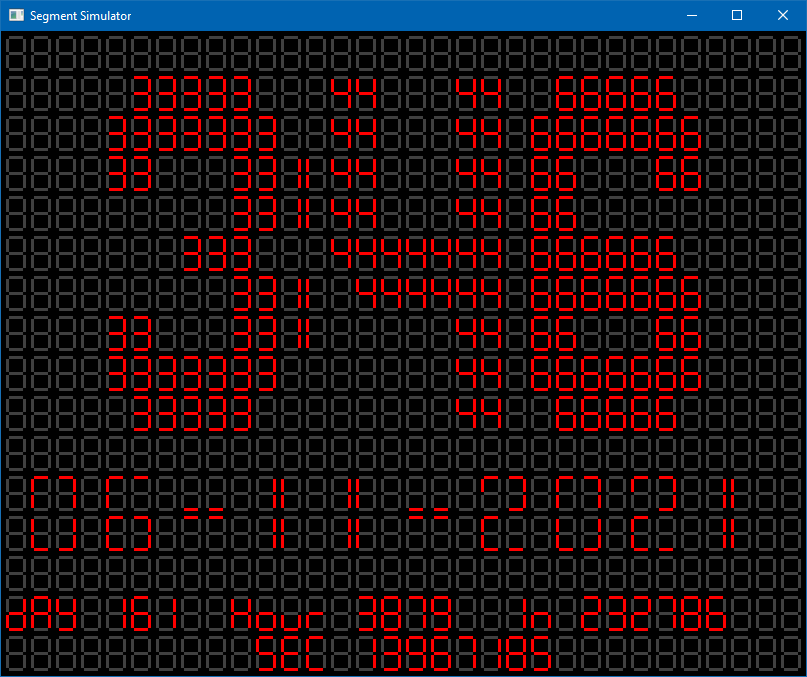
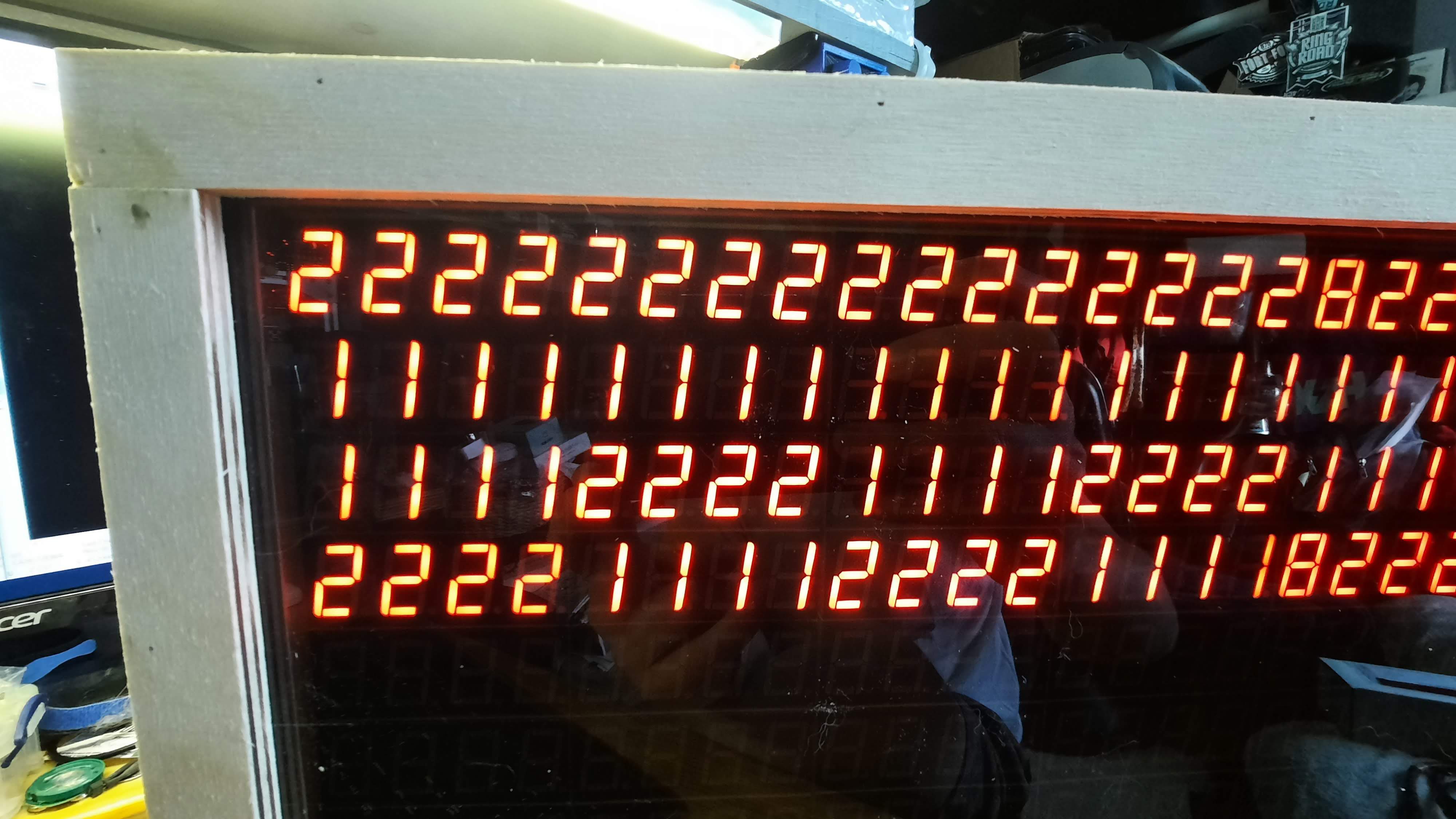
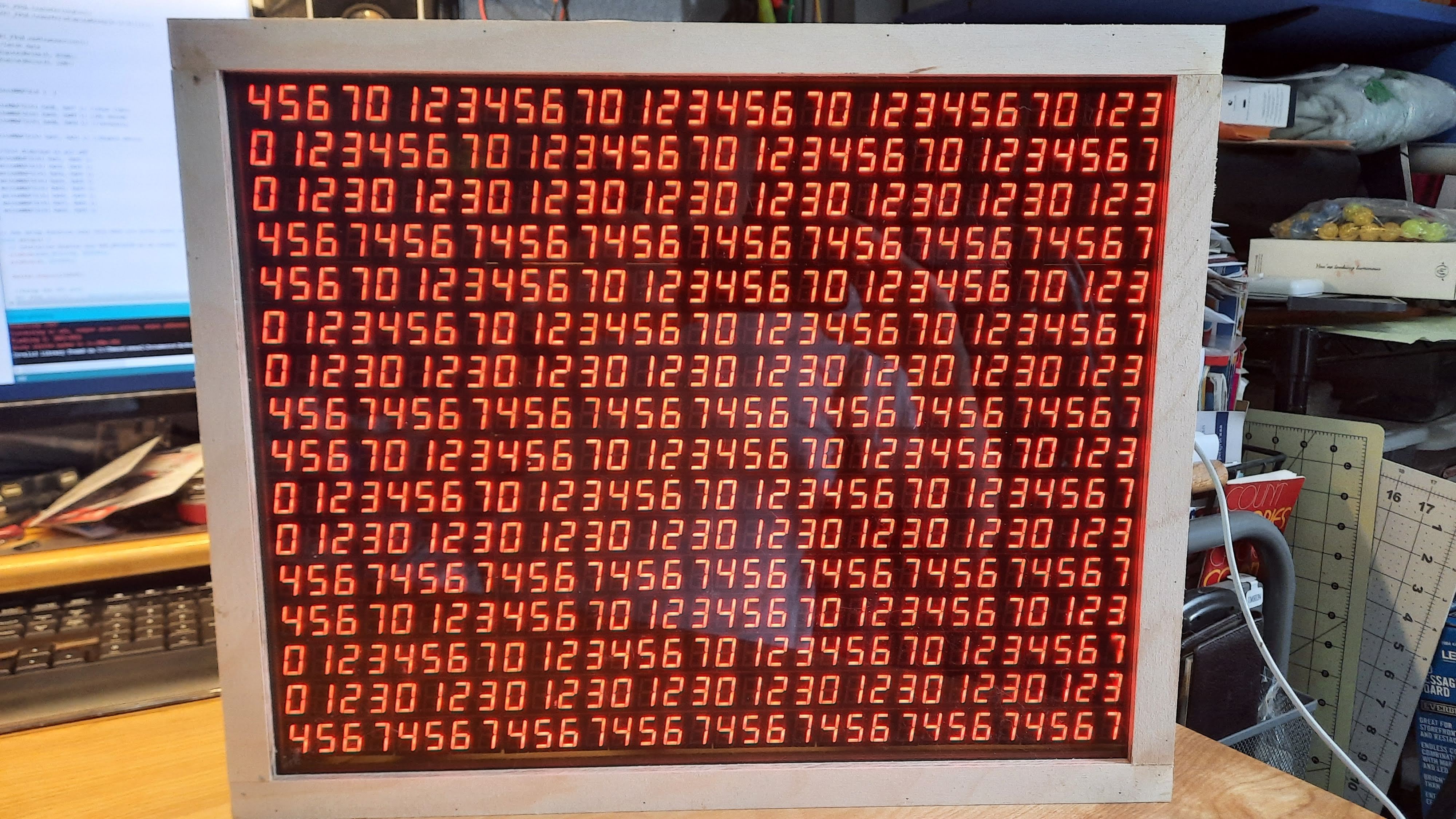
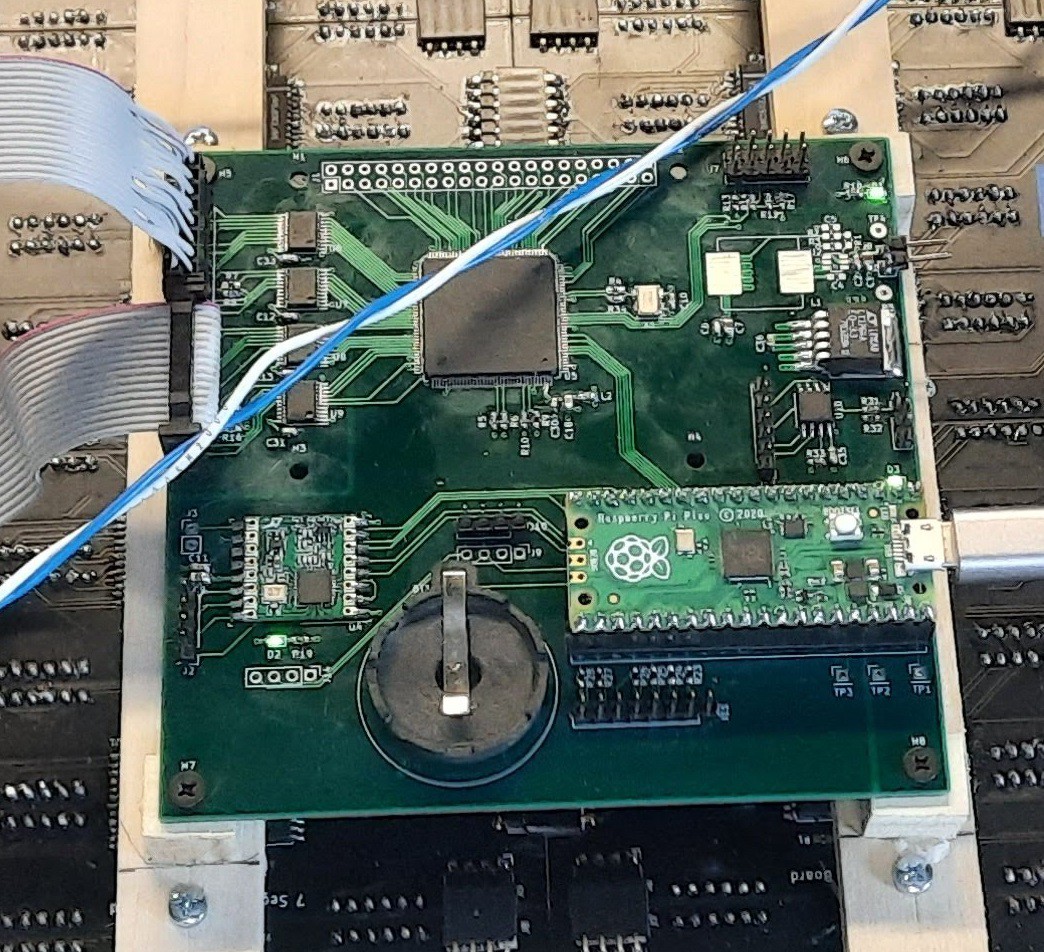
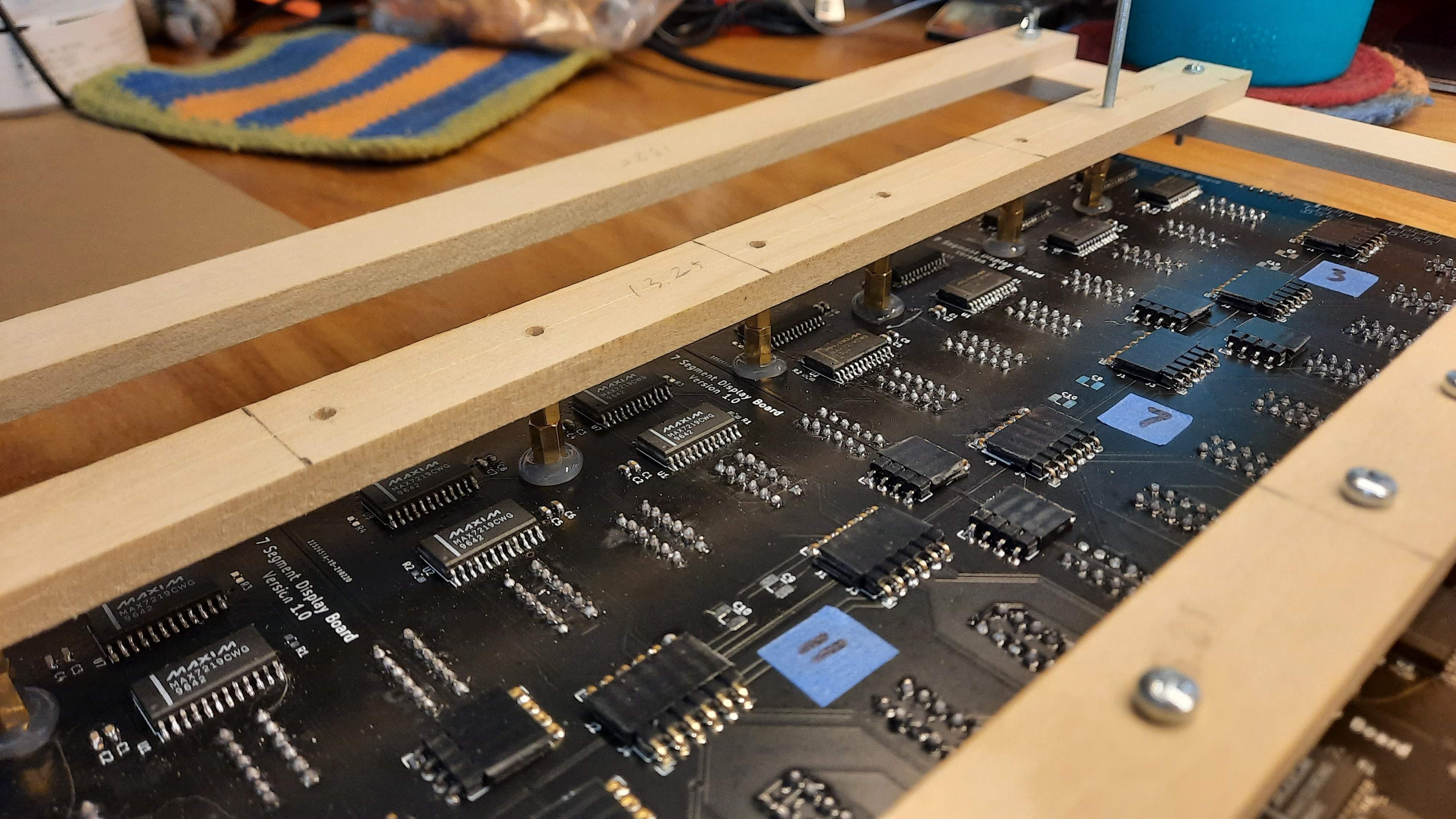
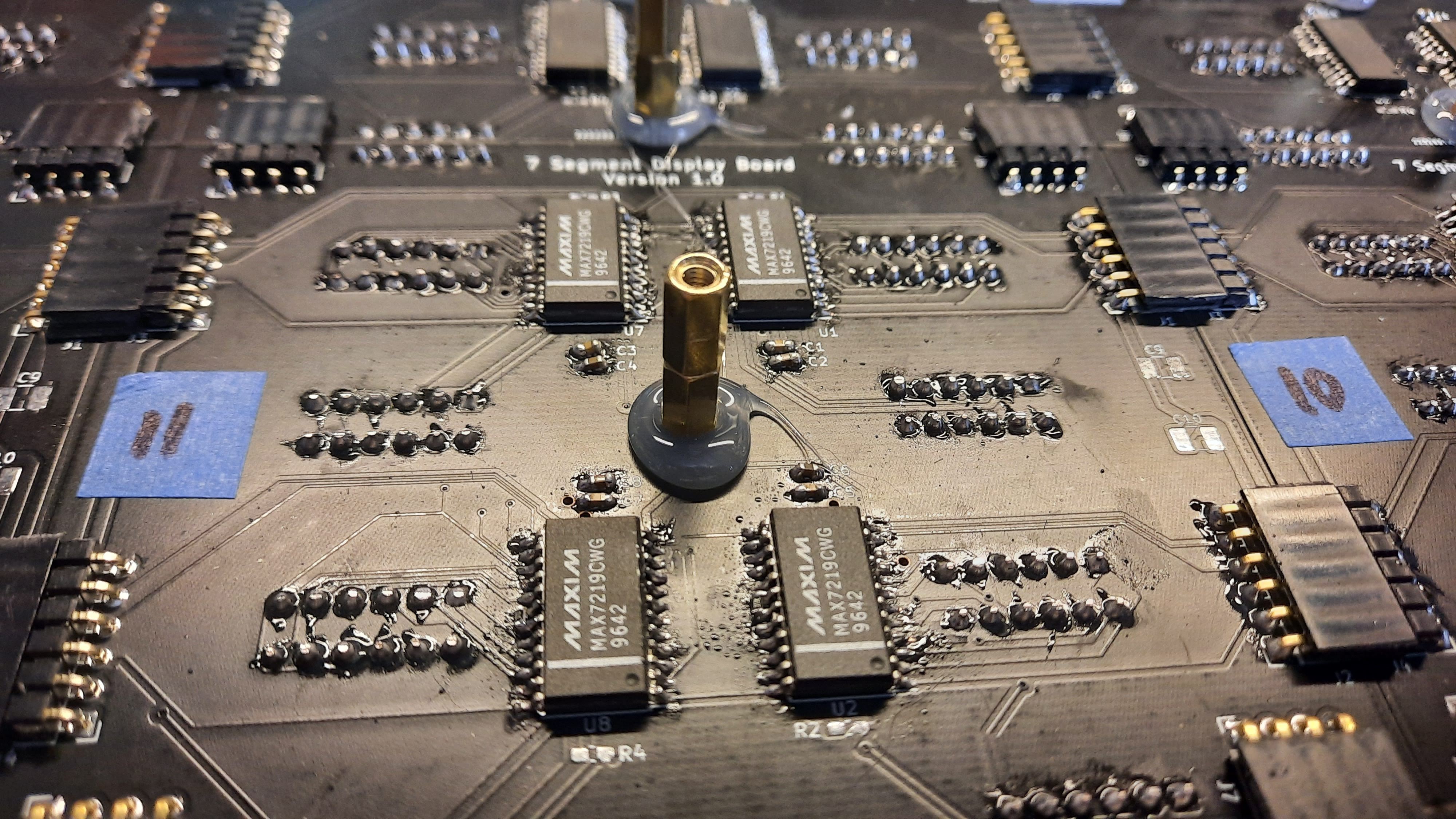
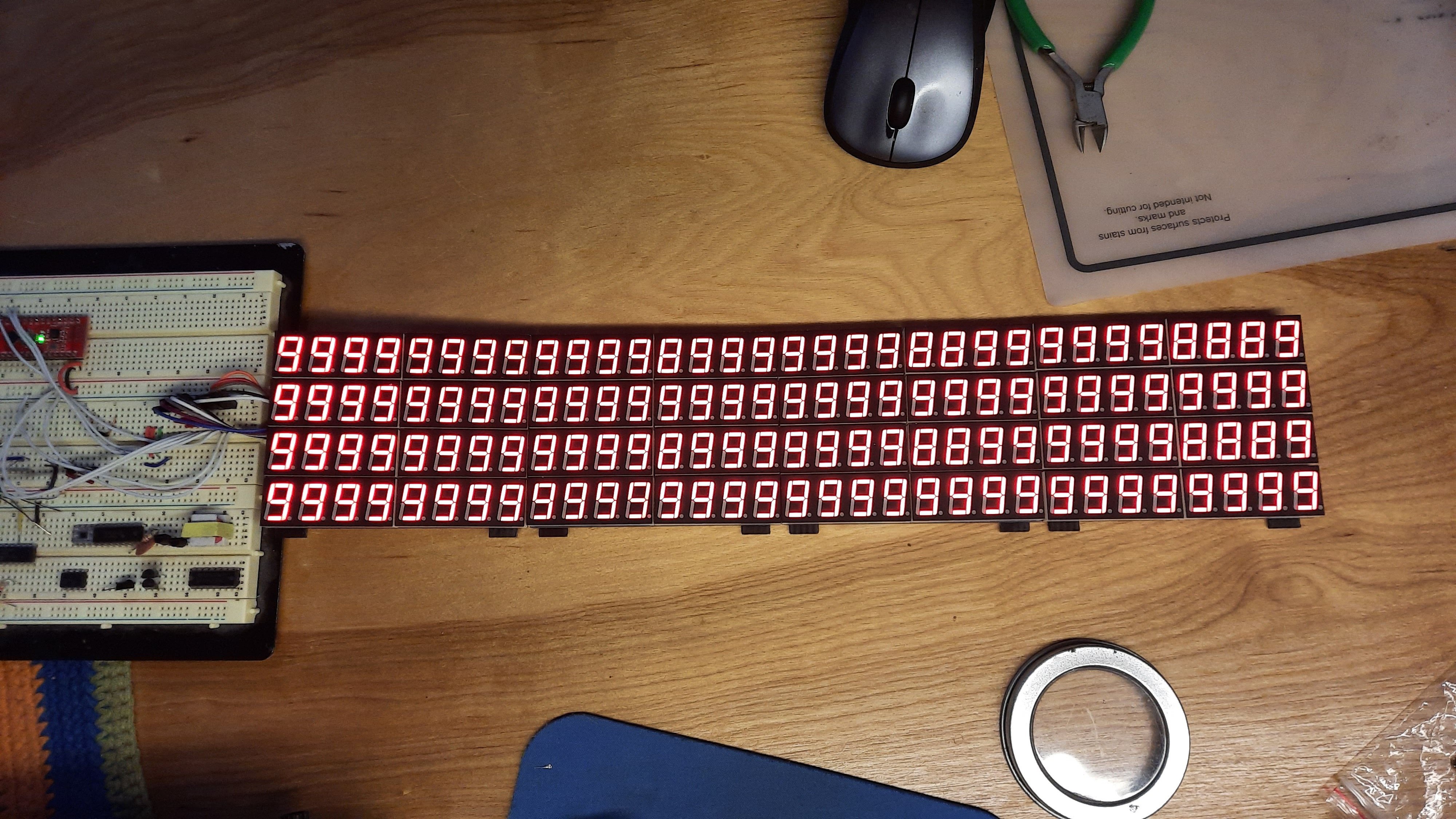
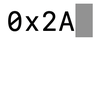
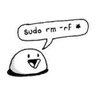

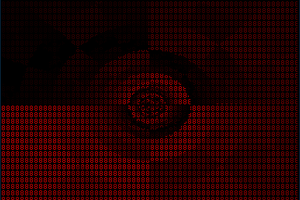
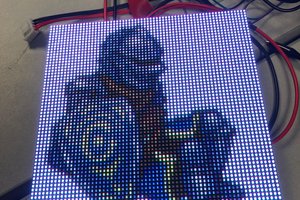
 Sree Harsha Angara
Sree Harsha Angara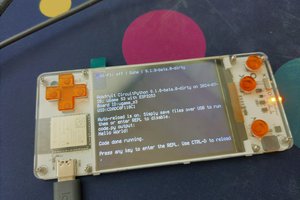
 deʃhipu
deʃhipu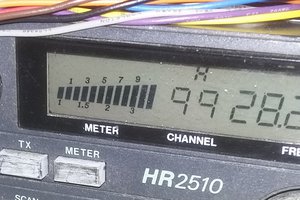
 David L Norris
David L Norris
Love these 7-seg display projects, I'm working on my own too. Did you make that simulator software and do you have an executable you can share? I'm trying to figure out my pixel mapping before I get my hardware.